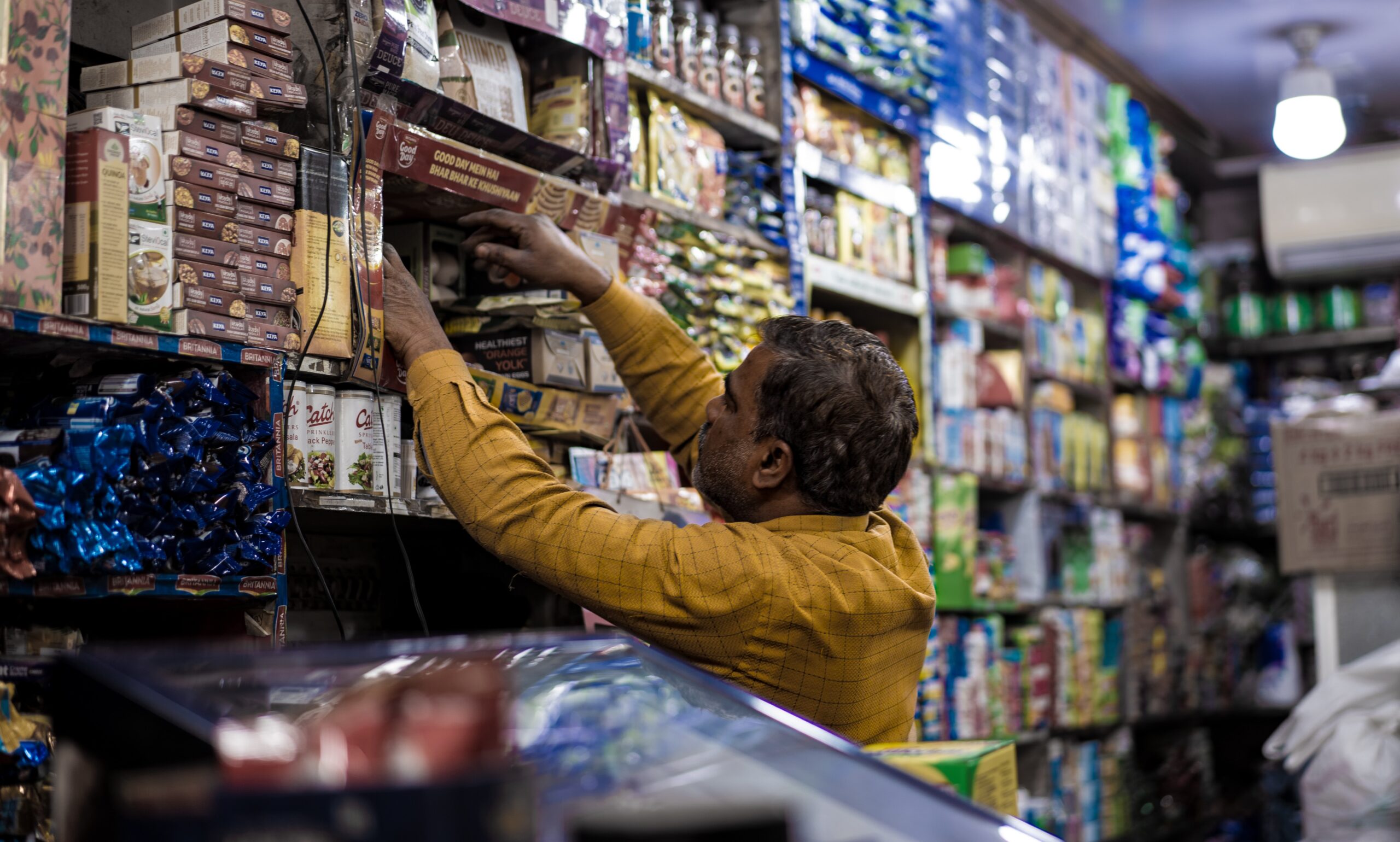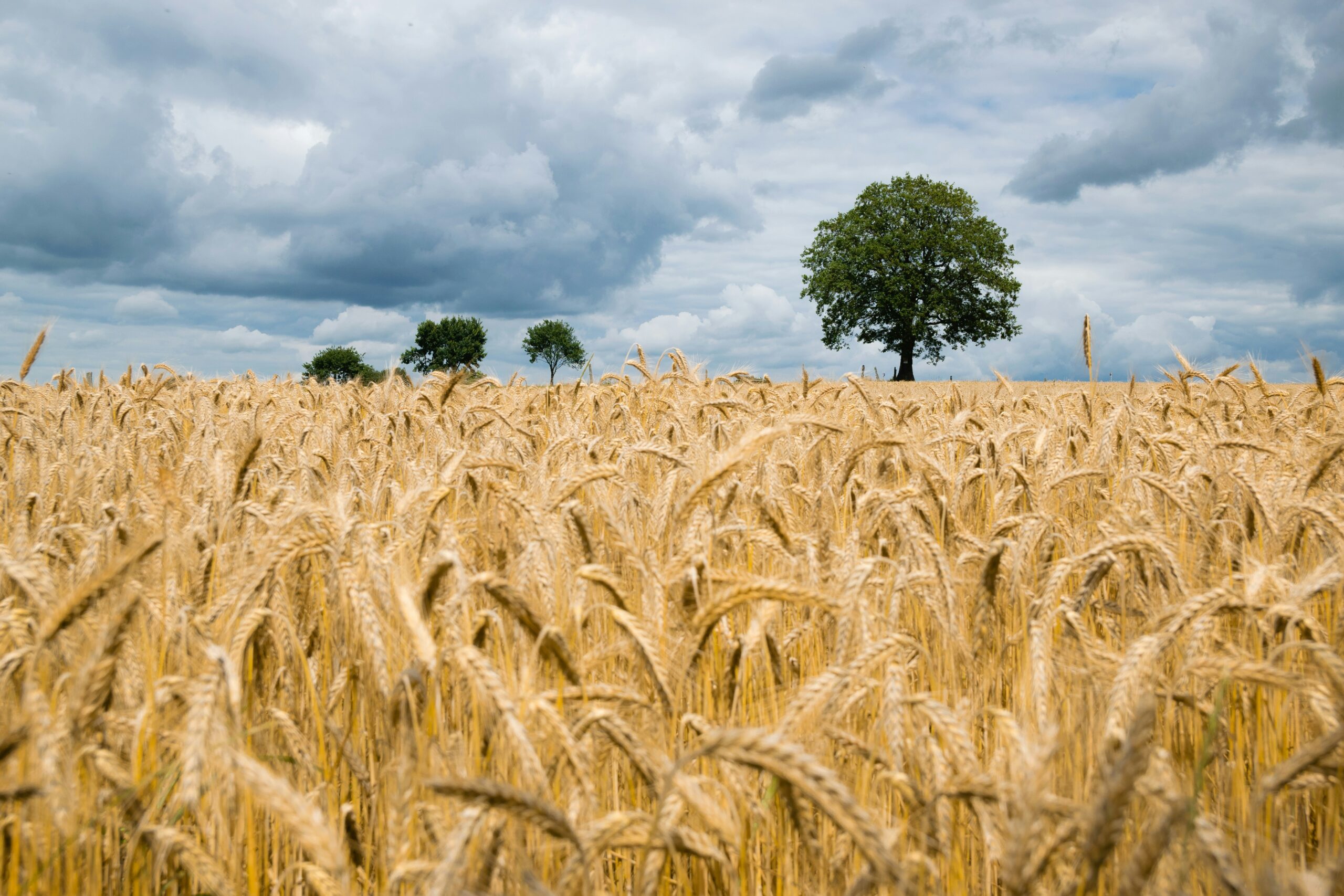
Dabur India, a prominent FMCG entity, foresees a strong resurgence in rural markets, envisioning growth to match urban markets over the coming three to four quarters, as emphasised by CEO Mohit Malhotra. He drew attention to the gradual decline in inflation and the reduction in commodity prices as factors driving a gradual but observable volume rebound in these areas, thereby reducing the growth disparity between rural and urban markets.
Malhotra highlighted that although some regions experienced occasional disruptions in rainfall, the revival of the rural market is anticipated to endure. This resurgence is propelled by various factors including augmented Minimum Support Price (MSP), favourable conditions for sowing winter crops, and an approaching election season, which are poised to sustain this positive momentum. Additionally, lowered unemployment rates in rural areas, coupled with an unprecedented surge in the consumer confidence index, nearly at par with pre-COVID levels, further fortify this optimistic outlook.
Malhotra’s expression of confidence in the observed recovery signs was coupled with his anticipation for a promising festive season, envisioned to drive future growth. Dabur India is fortifying its strategic portfolio, comprising influential brands such as Dabur Chyawanprash, Dabur Honey, Dabur Honitus, Dabur PudinHara, Dabur Lal Tail, Dabur Amla, Dabur Red Paste, and Real, by introducing cost-effective, low-unit-price packs in rural regions.
Malhotra recognized the rural sector’s recovery, contrasting it with the urban market’s momentum driven by modern trade and e-commerce, which accounts for 20-25% of the FMCG business and displays a faster growth rate. He emphasised the challenge of sustaining high growth rates in the rural market, primarily powered by general trade (Kirana stores), due to its larger consumer base. Additionally, he highlighted the urban segment’s prominence, fueled by contemporary distribution channels, as the primary driver of future growth.
Highlighting the pre-pandemic scenario, Malhotra noted that rural markets were leading the FMCG sector’s growth trajectory, while urban markets had lagged in comparison.



































